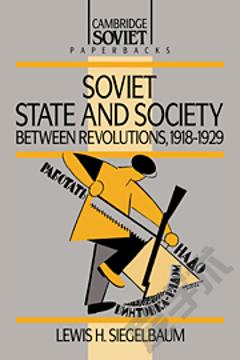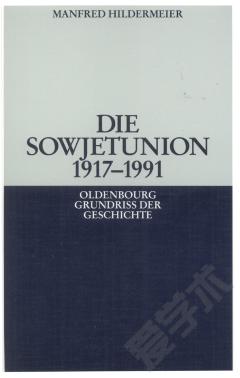Soviet State and Society between Revolutions, 1918–1929
This is the first book to analyse the relationship between the Soviet state and society from the October Revolution of 1917 to the revolution under Stalin of the late 1920s and early 1930s. Professor Lewis Siegelbaum examines the ways in which the promise of a new society made by the 1917 Revolution informed the thinking of those who had experienced the order which preceded it. But how did that old order limit possibilities? How did the new Party leaders, worker activists, artists, and scientists know what to abolish, what to retain, and what to transform? The author explores these questions by tracing the evolution of the ruling Communist Party and its New Economic Policy and the changing fortunes of industrial workers, peasants, and the scientific and cultural intelligentsia. He demonstrates how these different actors sought to appropriate the promise of the 1917 Revolution for their own purposes, highlights the compromises they made, and explains why in the late 1920s these compromises had started to break down.
{{comment.content}}








 京公网安备 11010802027623号
京公网安备 11010802027623号